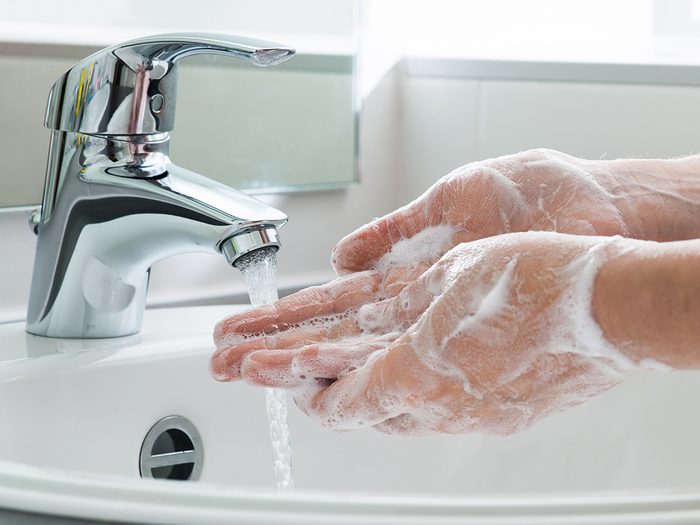
Water temperature doesn’t matter to germs
Scrubbing your hands with soap and water for at least 20 seconds is your simplest defence against harmful germs. But no need to bother with the hot faucet—warm water is no more effective than cold in removing bacteria from your hands.
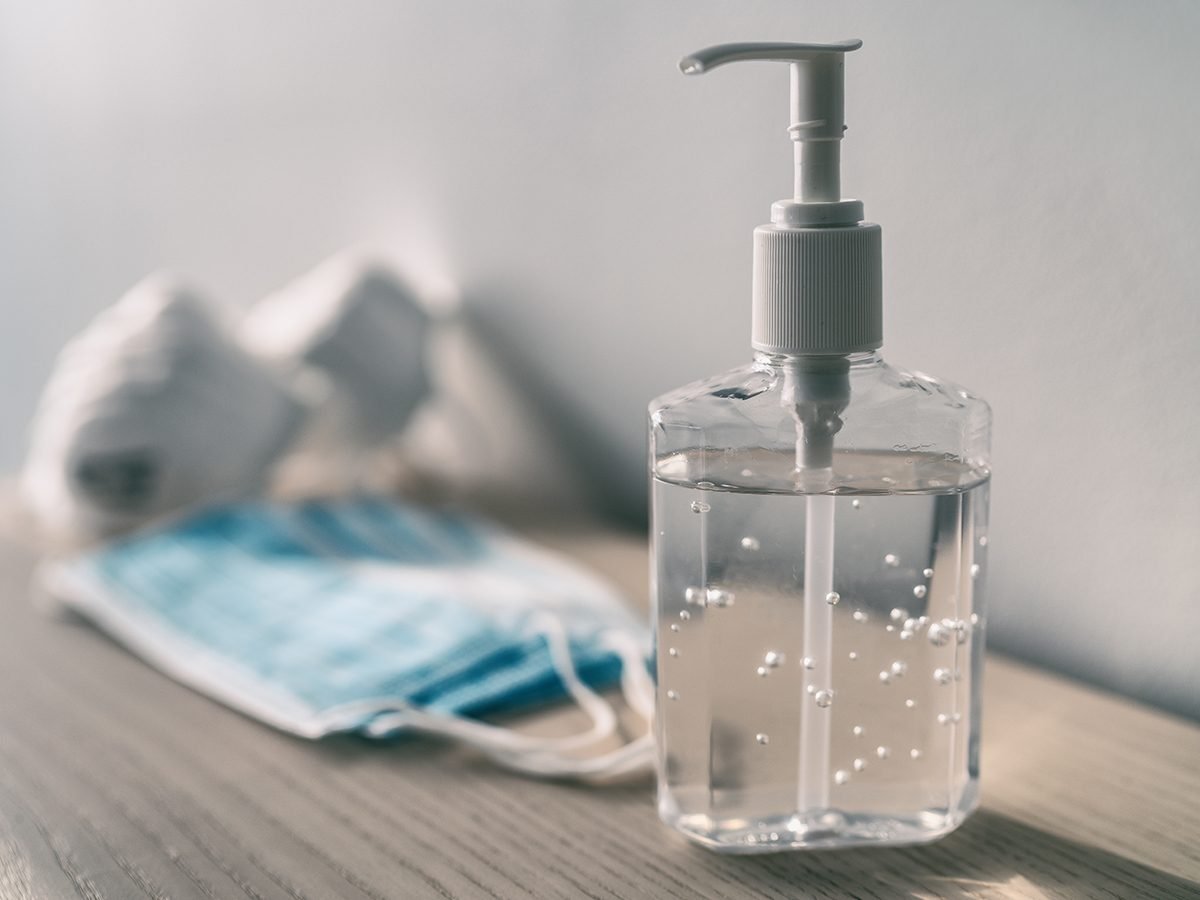
Hand sanitizer is the next best thing to washing
If water and soap aren’t available, use alcohol-based sanitizer. Jason Tetro, a Toronto-based microbiologist and the author of The Germ Code, says as long as the product contains 62 to 70 per cent alcohol, it will kill most of the germs on your skin.
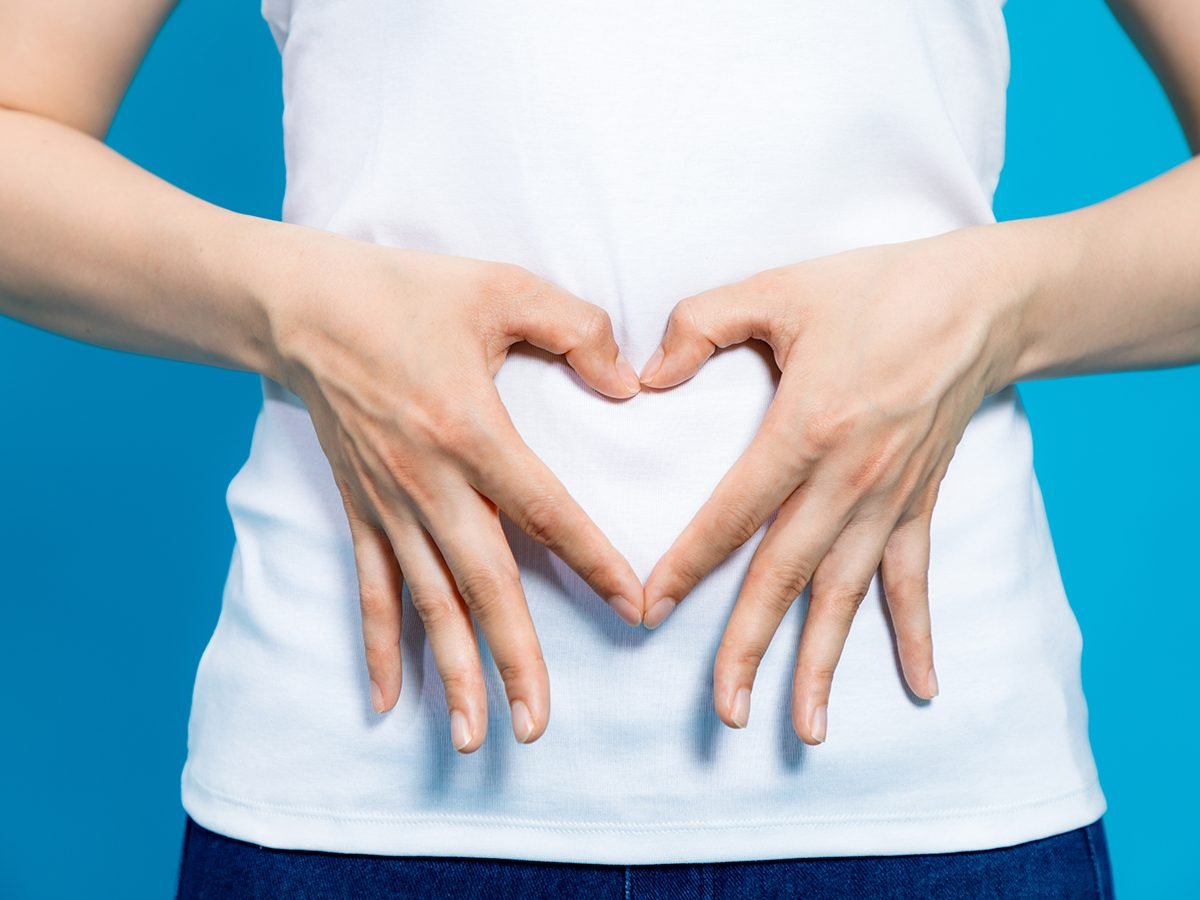
Some germs are worth nurturing
Tetro suggests consuming prebiotic-rich foods like bananas and asparagus. Unlike probiotics—live bacteria that improve digestion—prebiotics help nourish the good bacteria already present in your gut.
Check out more easy ways to boost your gut health.
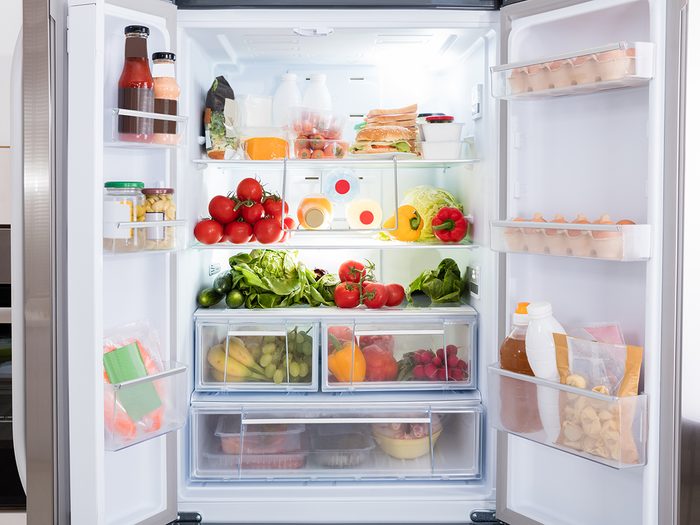
It pays to keep your fridge organized
Harmful bacteria, such as salmonella, can be spread when ready-to-eat foods, like washed fruits and veggies, come into contact with potentially hazardous ones, like raw meats and their juices. Toronto Public Health suggests organizing your fridge with raw meats at the bottom, unwashed produce in the middle and ready-to-eat foods at the top in order to avoid cross-contamination.
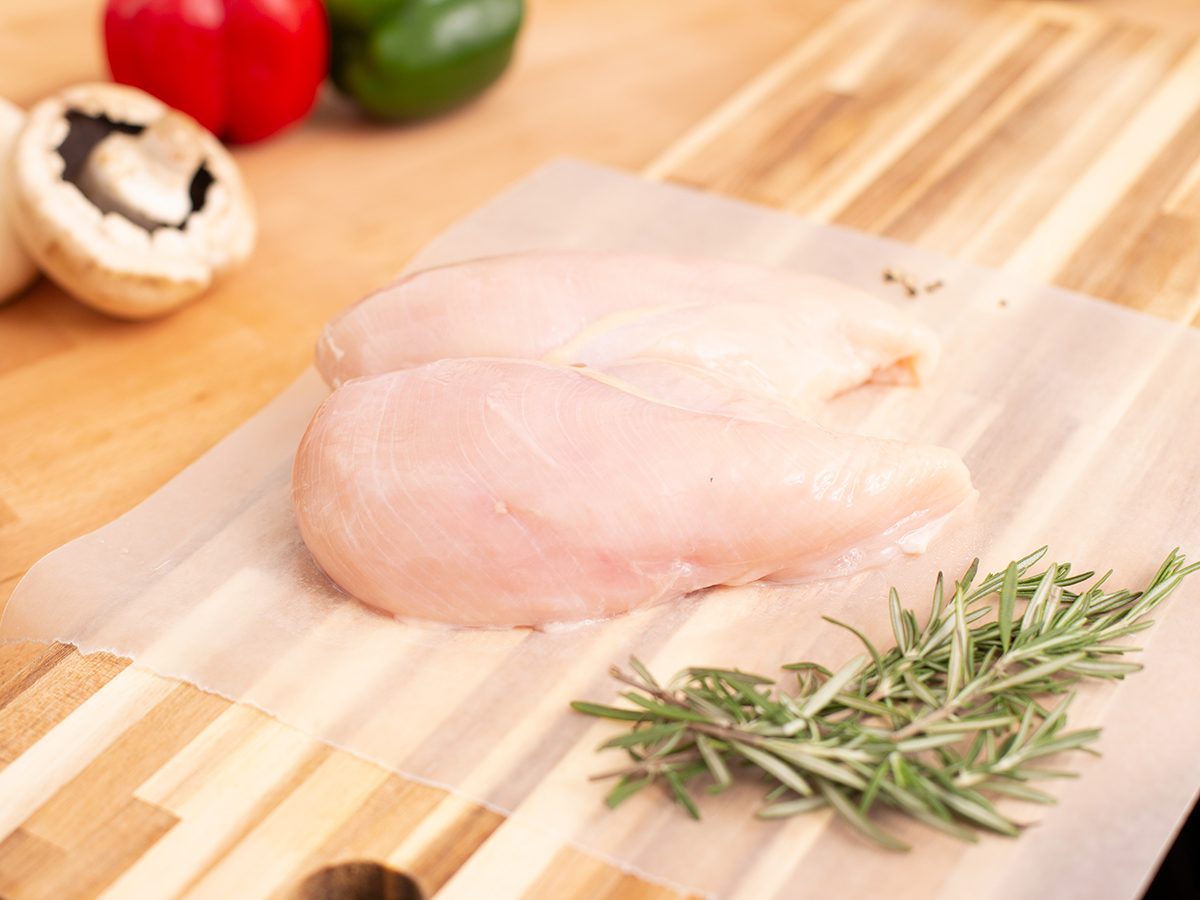
Don’t wash your chicken before cooking
If you rinse raw poultry, the bacteria can be carried by the water. To avoid food-borne illnesses during prep, use a separate cutting board and utensils for uncooked poultry, says Chong.
Discover nine leftovers that could make you sick.

Reach for paper towels in public restrooms
They may be eco-friendly, but hand dryers have one major drawback—they blast germs everywhere. In a 2014 University of Leeds study in England, microbiologists found that the concentration of airborne bacteria around jet air dispensers was 27 times higher than that found near paper towel dispensers.
This is the most hygienic way to dry your hands.
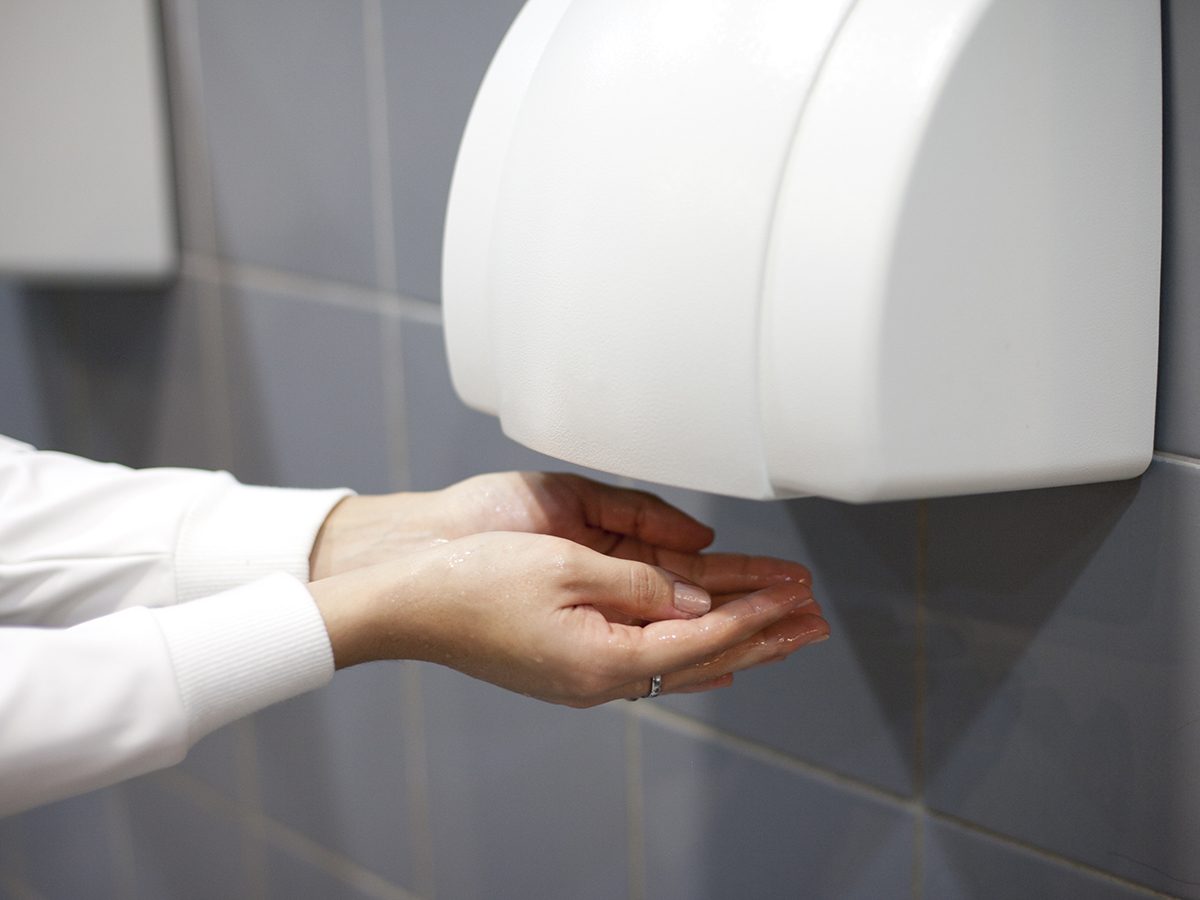
Toilets aren’t the most dangerous thing in public bathroom
The toilets in public washrooms aren’t necessarily where you’ll find the most germs. “The door handle and sink basin are more dangerous than the toilet itself,” says Tetro. He suggests using paper towel when opening bathroom doors.
Here are 10 germ-spreading habits to give up now.
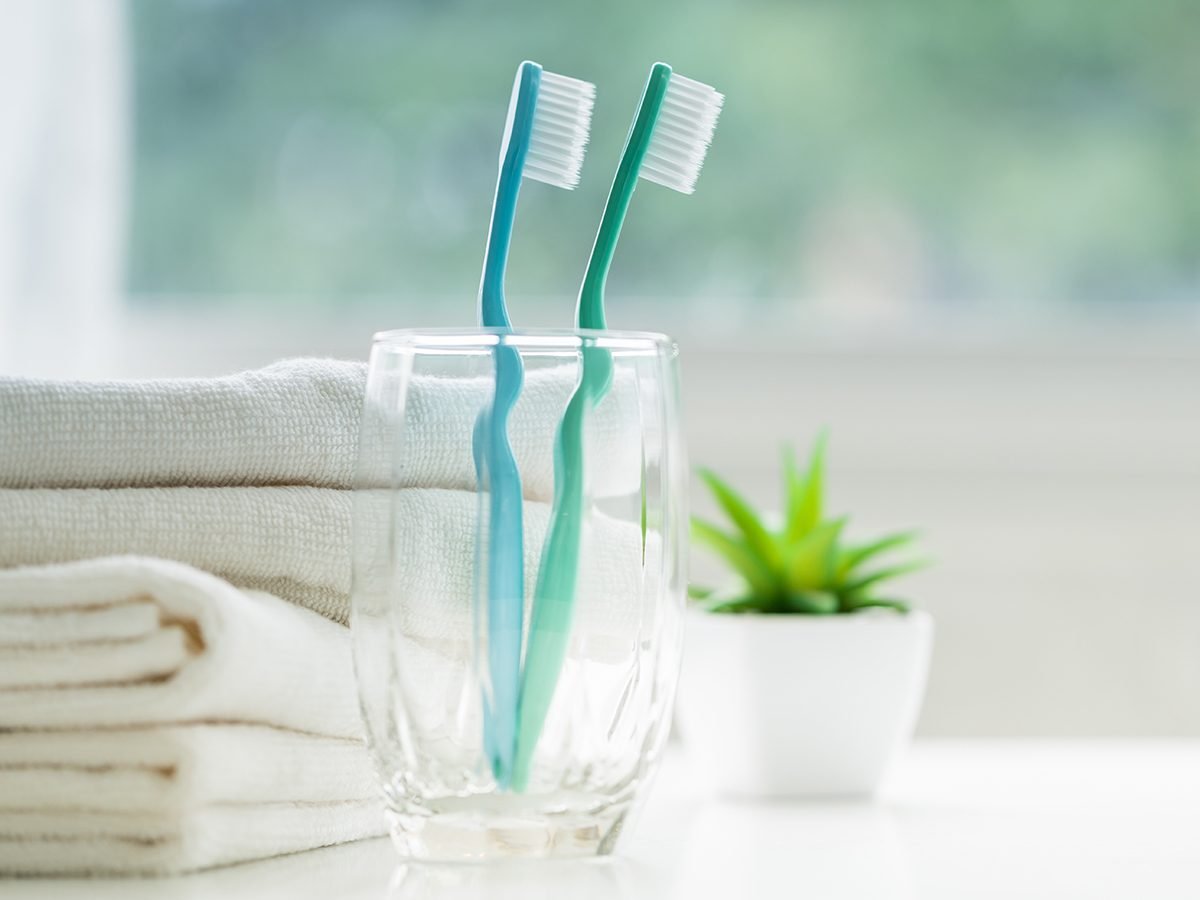
Germs love toothbrushes
If you can’t remember when you last changed your toothbrush, it’s time to toss it. An open toilet bowl can allow a biofilm of fecal coliforms to grow on your brush, says Tetro. Keep your lid down and rinse your toothbrush with hot water for five seconds before use.

Germs love cellphones, too
Our cellphones carry more than just data. In 2011, British researchers tested 390 phones and discovered one in six devices had fecal traces on their surfaces. Tetro suggests wiping phones down with a disinfecting cloth daily to minimize your risk of infection.
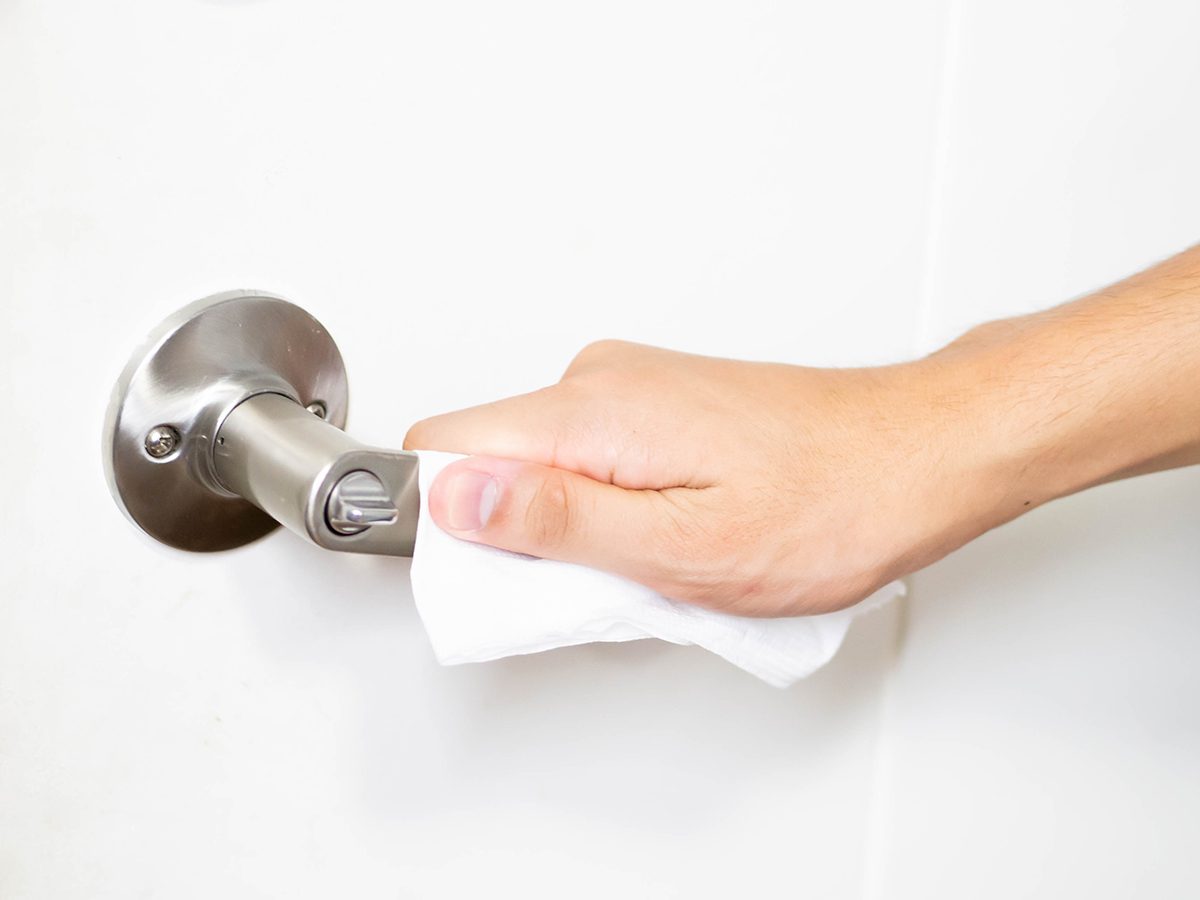
Make sure you use disinfecting wipes properly
A 2015 study by Cardiff University in Wales revealed that wipes can spread superbugs like MRSA and C. difficile. Use one sheet per surface to avoid moving germs around.
These cleaning hacks can take the hassle out of housekeeping.
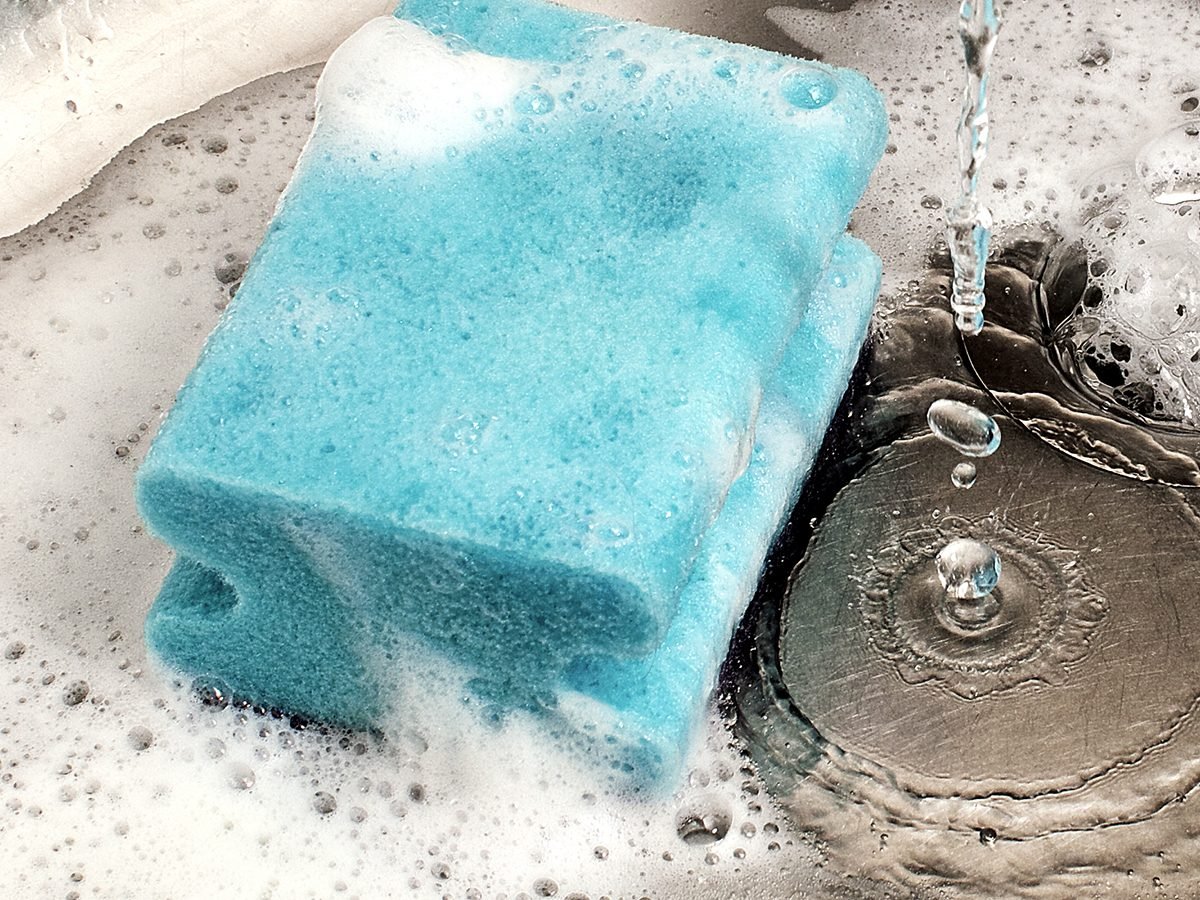
Zap away bacteria
A 2006 study in the Journal of Environmental Health found that microwaving a kitchen sponge for one to two minutes can reduce the presence of germs by more than 99 percent.
Here’s how to clean absolutely everything in your kitchen, according to Charles the Butler of CTV’s The Marilyn Denis Show.
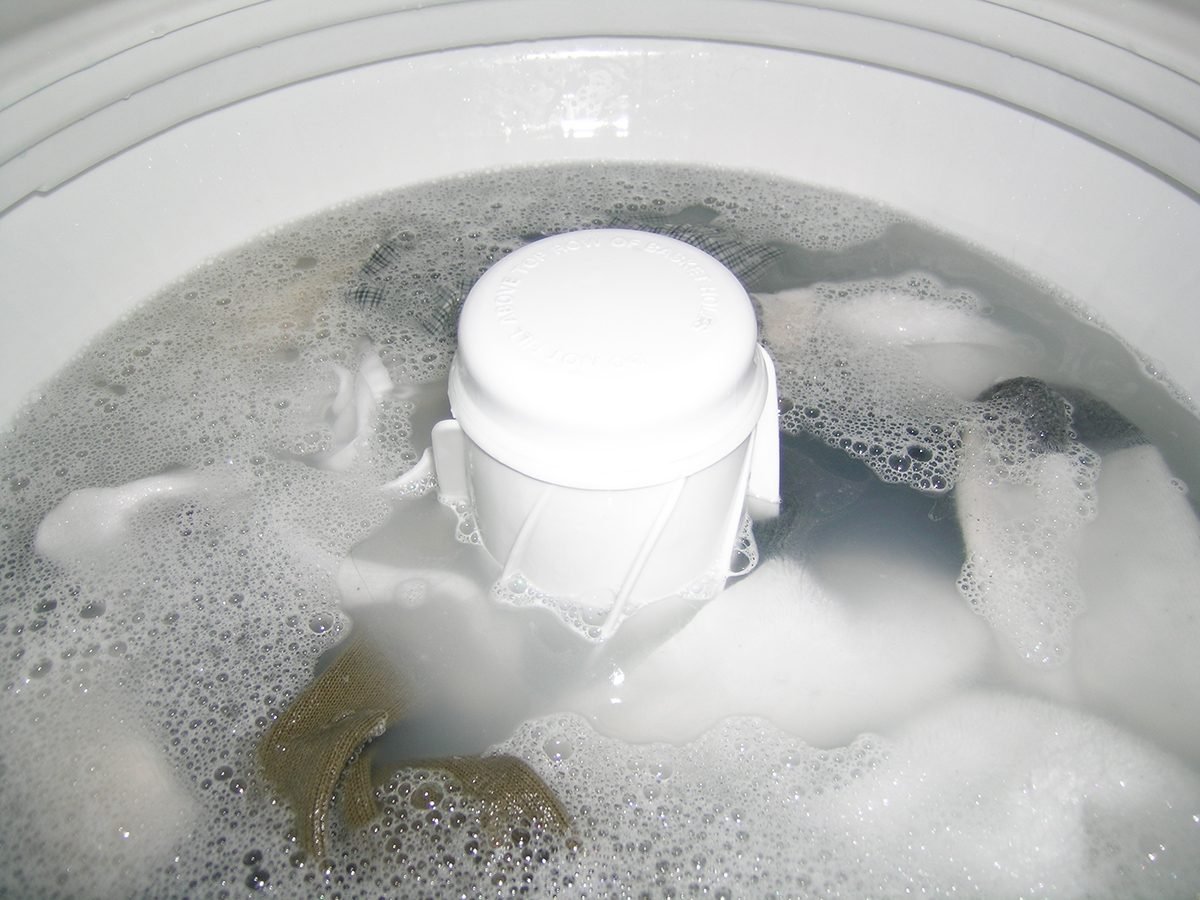
Wash underwear in hot water
“A washer load of underwear contains one million E. coli bacteria,” says microbiologist Charles Gerba. His research team discovered that germs are more likely to survive cold-water washes and be transferred between clothing items. Gerba recommends washing clothes with hot water (60º C or warmer) and bleach to kill bacteria.
Here’s why you need to clean your washing machine (and how to do it).
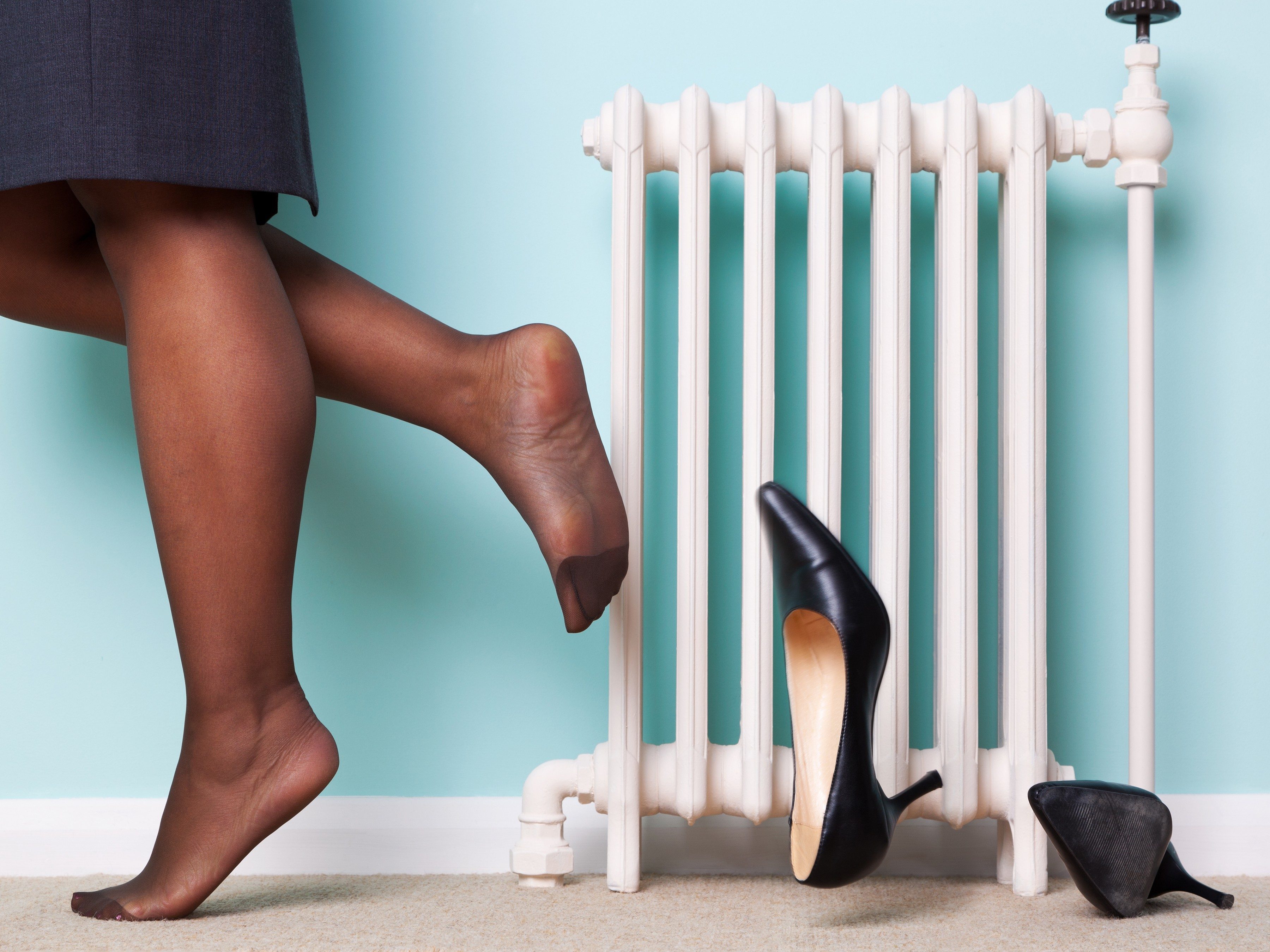
Always take off your shoes
Researchers at the University of Arizona found that there are, on average, 421,000 different bacteria on our shoes. Leave your footwear at the door to avoid dragging the organisms through your home.
Next, consult our healthy home checklist to eliminate potential hazards in every room.